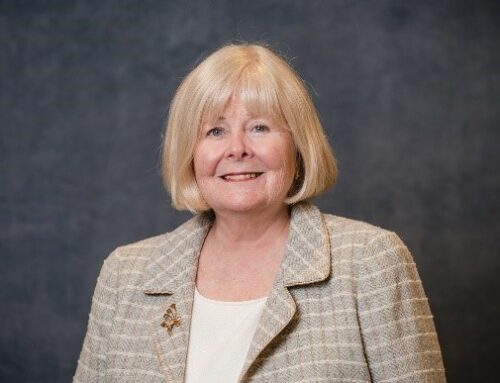By Elaine Tiller, M.Div.
From the day we are born until the day we die, we humans deal with change and transition. Life is about going through transitions and finding meaning in what we are leaving behind and what we are moving toward. When we have had a close loved one die, the transition is called grief and this grief helps us to integrate the important loss that we have faced. During our grief we will build our memories, feel our feelings and move toward a new reality, a new life without that person we deeply loved. There is a Jewish Prayer that says: We do best homage to our dead by living our lives fully even in the shadow of our loss. Our grief is what allows us to begin to live our lives fully again after loss.
Any holiday which has been significant to us will be a hard day without our loved one. Whether we are religious or secular in the way we celebrate and feel about a particular holiday doesn’t matter in terms of the grief we will feel during the holiday. We will remember and long for our loved one to be with us again in our religious or secular celebrations.
Most of us have special traditions and rituals that we do on holidays-decorating the house, cooking special foods, having a special family meal together, having special music and dance, lighting of candles, and many more. After a death some of us will want to continue these rituals just as we’ve always done them, some will adapt them and make them somewhat different, and others will want to create new rituals. We all have to find our own way. Hopefully families will talk and negotiate around this to find what is right for the individuals and the family as a whole.
Some families have found it helpful to leave Dad’s chair empty for the Thanksgiving feast for the first year-representing the sadness they feel, while turning the carving knife over to the eldest child in the family for the carving. This is a simple ritual symbolizing both the loss and sadness, but also the hope of the next generation taking responsibility for the family.
During the holiday season some families have chosen to have a Mom’s holiday tree where each family member makes an ornament expressing their feelings and love and memories of Mom. This gives the whole family, all ages from 2 years and up, a chance to share their mutual love of Mom/Grandma and the wonderful stories that they each carry inside. One family even decorated the urn of ashes for the holiday, saying they didn’t want to leave Mom out when holiday festivities and rituals were her favorite time of year.
Some families have honored a loved one by serving a meal at a homeless shelter together in honor of their deceased family member, or by giving clothes and gifts to a program for needy children and families. And there are the more traditional rituals of giving to Montgomery Hospice Tree of Lights and attending the lighting ceremony as a family. Some families have gone out before the tree lighting to Dad’s favorite restaurant and eaten his favorite foods, knowing that he would love them to honor him in this way.
These kinds of rituals can be created around who we are as a family and who our loved one was and what she believed in. There is no limit to the creative ways we can find to memorialize our loved ones. These rituals help us to find meaning in our grieving and in our healing while honoring the person we grieve. Rituals give hope for the future while honoring the past.
© Copyright 2008 E.Tiller

